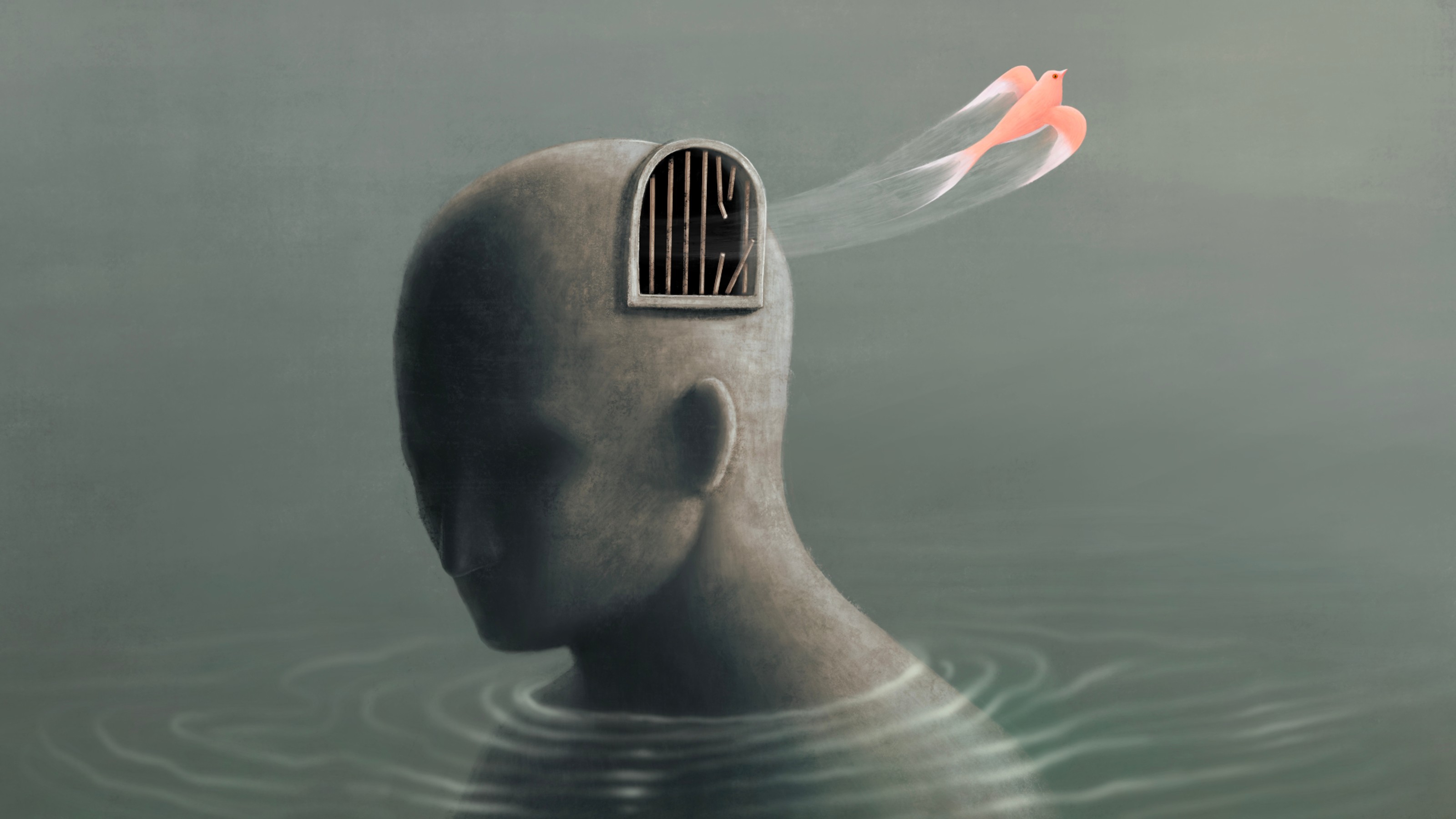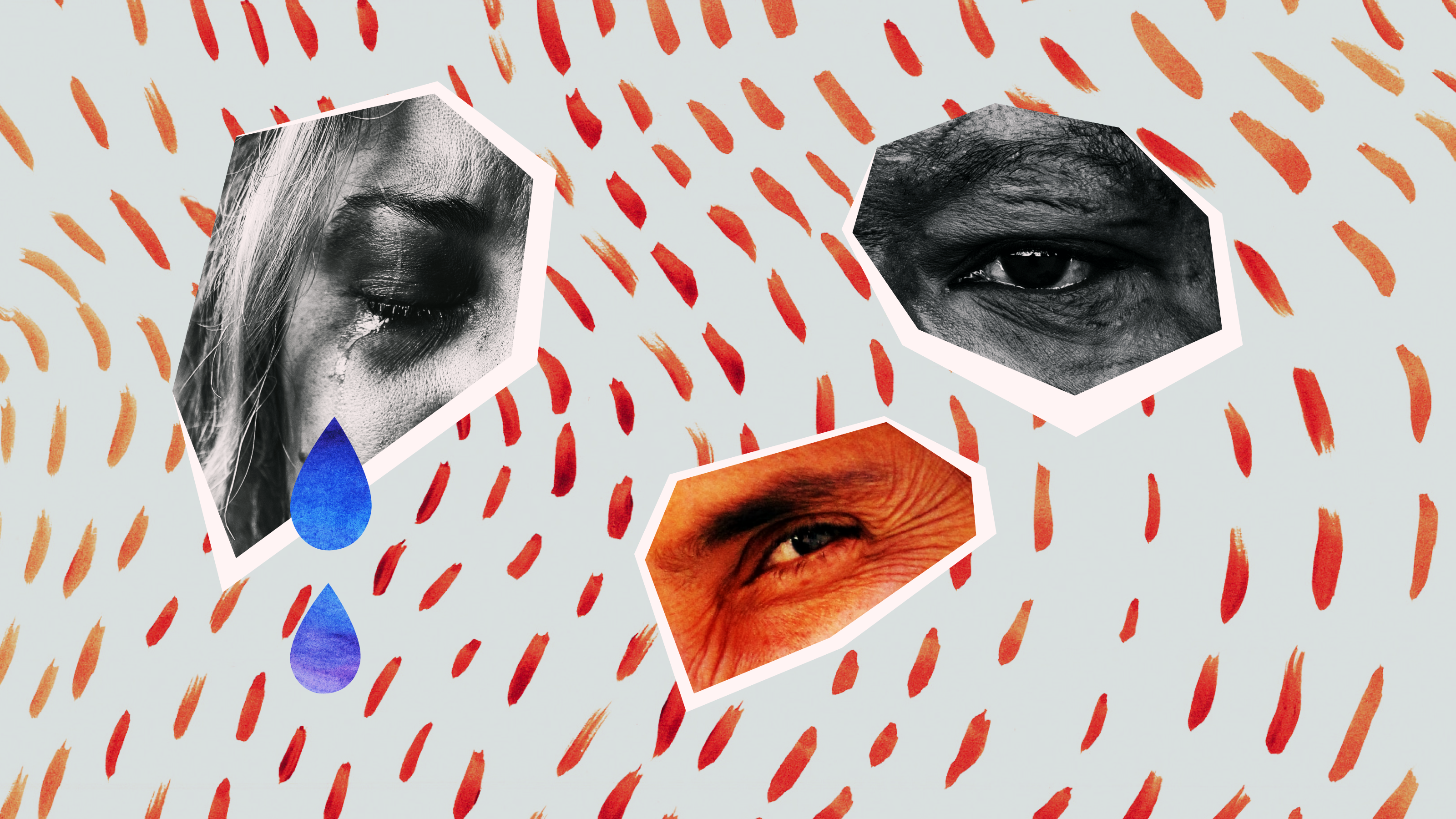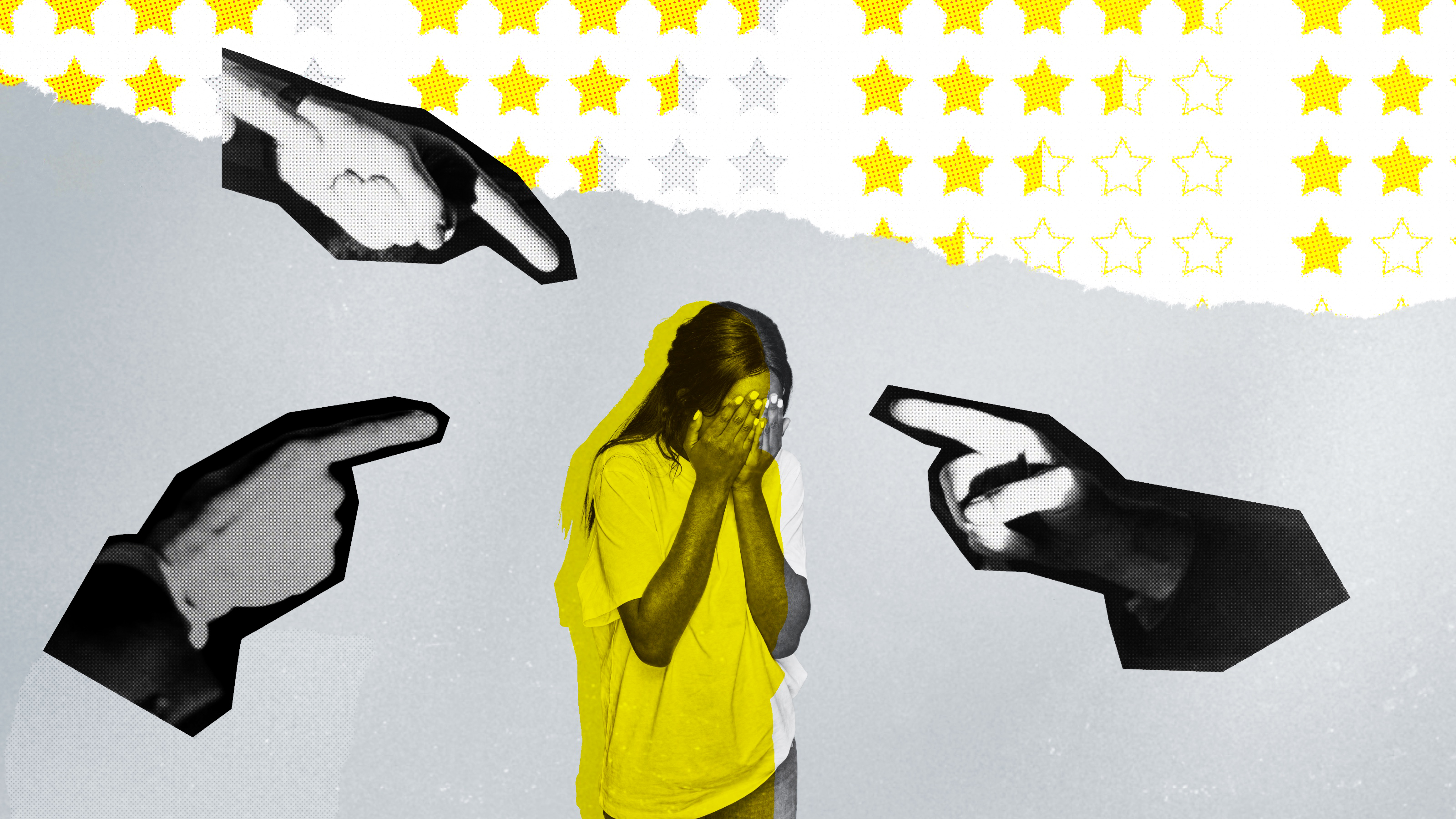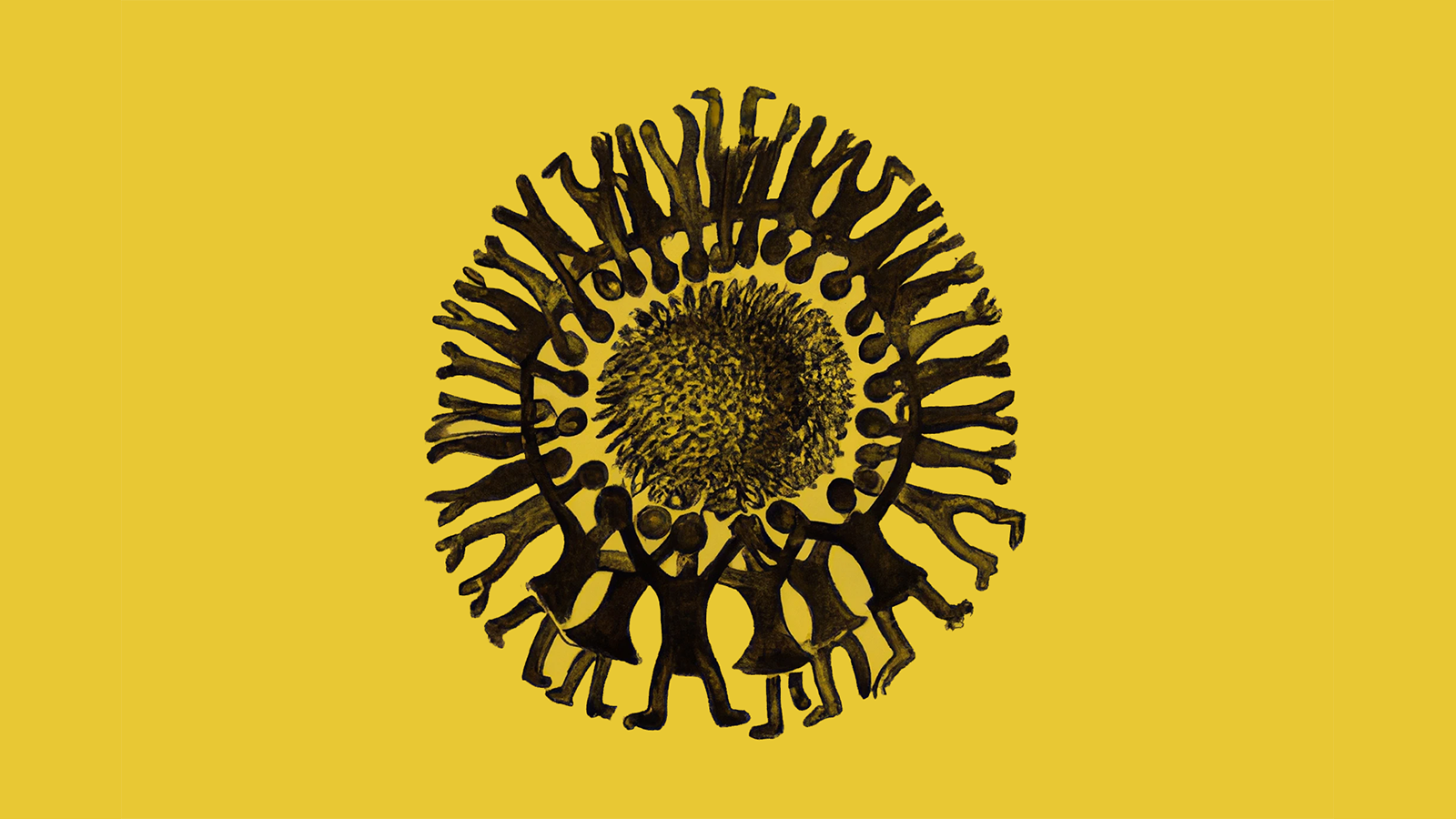Why procrastination is a form of self-harm

Photo by Hal Gatewood on Unsplash
- We typically think of procrastinators as having poor time management skills, but research suggests they actually have poor self-regulation.
- This causes procrastinators to prioritize the wellbeing of their present selves over that of their future selves, ultimately causing way more stress and harm to themselves in the long run.
- Fortunately, there are a few strategies that chronic procrastinators can try to help manage their bad habit.
Few words conjure up as much dread as deadline. Originally, it referred to a line drawn on the ground at prisons — should a prisoner cross this line, they’d be shot dead. Eventually, its meaning transitioned to a point in time by which you must have something done, but it still retains a sense of mortality to it: “If I don’t have this done by tomorrow, I’m dead.”
Despite the amount of dread a deadline induces, we still find ourselves putting the work off, day after day, hour by hour, until the pressure mounts to the point where we’re up at midnight, chugging coffee, and frantically typing that essay due the next day. We procrastinate.
More specifically, we voluntarily delay an intended action despite understanding that the delay will put us in a worse position than before. At least, that’s how psychologist Piers Steel at the University of Calgary put it in his 2002 dissertation, “The Measurement and Nature of Procrastination.”However, there’s a more succinct way to describe procrastination. “It’s self-harm,” said Steel to The New York Times.
How procrastination hurts
The harm of procrastination doesn’t just lie in shoddy work and missed deadlines (although procrastinators do perform more poorly). Chronic procrastination is associated with a slew of negative health outcomes. As one would expect, procrastinators tend to be more stressed. As a result, they also tend to have more heart complications. Procrastination can also extend to all of the little things we do to maintain our health. One study found that procrastinators went to the doctor and the dentist less frequently, and another found that they didn’t seek help for mental health issues. This is unfortunate since procrastination is also associated with depression and lower self-esteem.

Photo credit: Charlz Gutiérrez De Piñeres on Unsplash
Why procrastinators procrastinate
Chronic procrastination is clearly harmful behavior, but we continue to engage in it. Why? Part of it is that we mistakenly believe procrastination has to do with time management, when it really has more to do with how we handle our emotions.
Nobody likes performing difficult tasks, but how we handle the stress and adversity of performing a task differs. Chronic procrastinators have a poor capability for self-regulation; in other words, they’re impulsive. In response to the negative feelings associated with having a task to do, procrastinators prioritize repairing their mood in the present over completing the task.
Researchers argue that procrastinators consider their present self to be more important than their future self. To avoid the negative experience that comes from beginning a difficult task, procrastinators simply avoid it to improve their mood in the short term, passing the buck to somebody else: their future selves. This, of course, ignores the fact that the future self isn’t any different from the present self.
That’s not to say that procrastinators don’t know this on an intellectual level. In fact, being aware of this future stress can perversely encourage procrastination. Once a procrastinator has begun procrastinating, they might continue to do nothing in order to avoid the feeling of regret that arises by starting the task and being reminded of their failure to begin their work earlier.
In this sense, seeking to feel good in the short term via procrastination acts like a form of self-harm, a bomb of stress and anxiety that’s been left to tick away rather than defused immediately. In her study on the temporal sense of procrastinators, Dr. Fuschia Sirois wrote, “Prioritizing the mood of the present self over a consideration of the future self means that there is no reason to engage in behaviors that will improve the well-being of the future self. In short, tasks that are key for the maintenance of good health may be put off if they are viewed as difficult or unpleasant.”
Coupled with the direct impact of the stress from procrastination, this mismatch between the perceived importance of the present and future selves explains why procrastinators experience poor mental and physical health.
What can be done
Fortunately, there’s hope out there for chronic procrastinators. Here’s a few methods that can help mitigate the downward spiral that procrastination can be:
- Practice self-compassion. Dr. Sirois conducted a study on over 700 people from different walks of life and found that the level of compassion an individual had for themselves could explain their levels of stress and procrastination. In essence, being kind and understanding rather than critical can act as a buffer against the negative emotions that drive a procrastinator to procrastinate when faced with a difficult task.
- Forgive yourself for procrastinating. When you reread the terrible essay you wrote at midnight the other night and realize you could have done so much better had you just started earlier, don’t beat yourself up. Research has shown that students who procrastinated when studying for one exam and then forgave themselves were less likely to procrastinate on ensuing exams.
- Practice mindfulness. Mindfulness — or, as Dr. Sirois writes “a present-centered, non-reactive self-awareness and nonjudgmental acceptance of thoughts and feelings as they occur” — is negatively associated with procrastination. Since procrastinators are already focused on the present self anyhow, this might seem counter-intuitive. However, mindfulness has been found to enable an awareness of one’s current thoughts and feelings, to reduce stress, and to improve persistence, all of which are qualities that chronic procrastinators desperately need.





